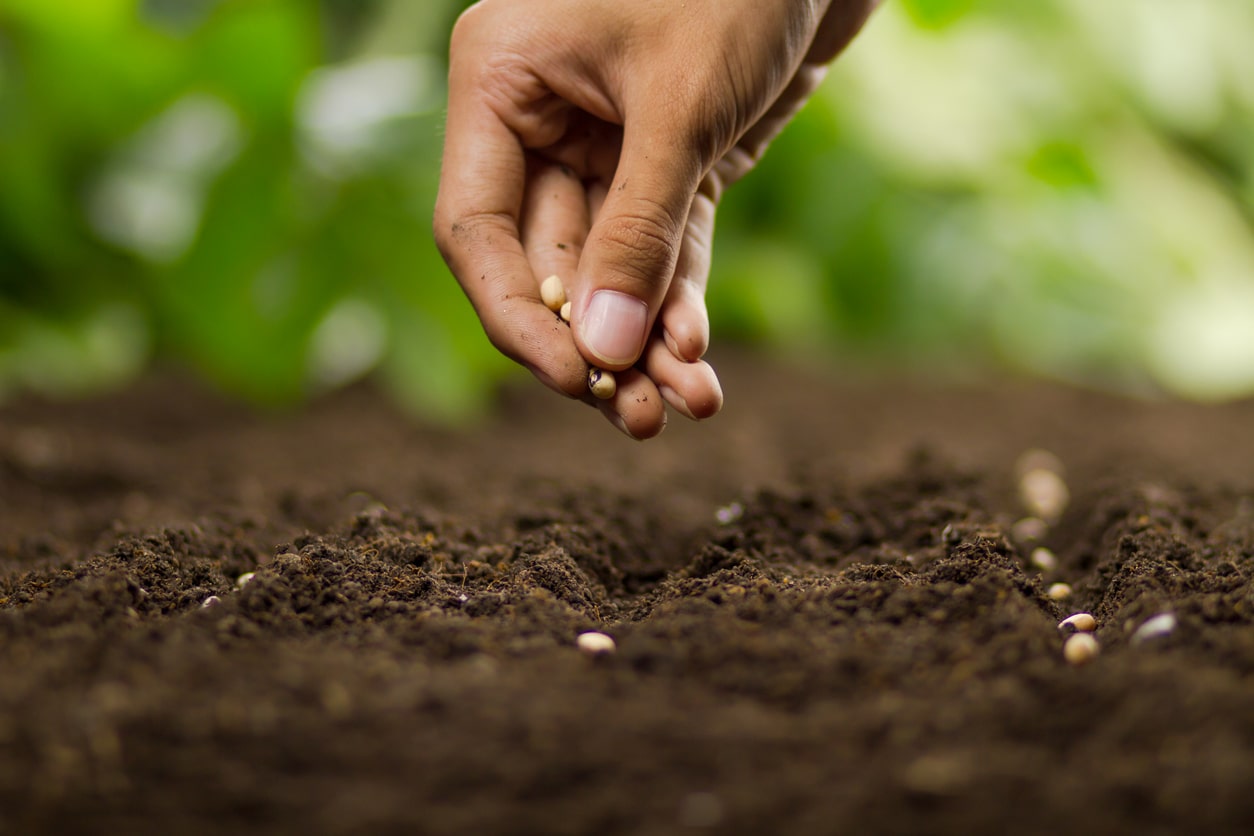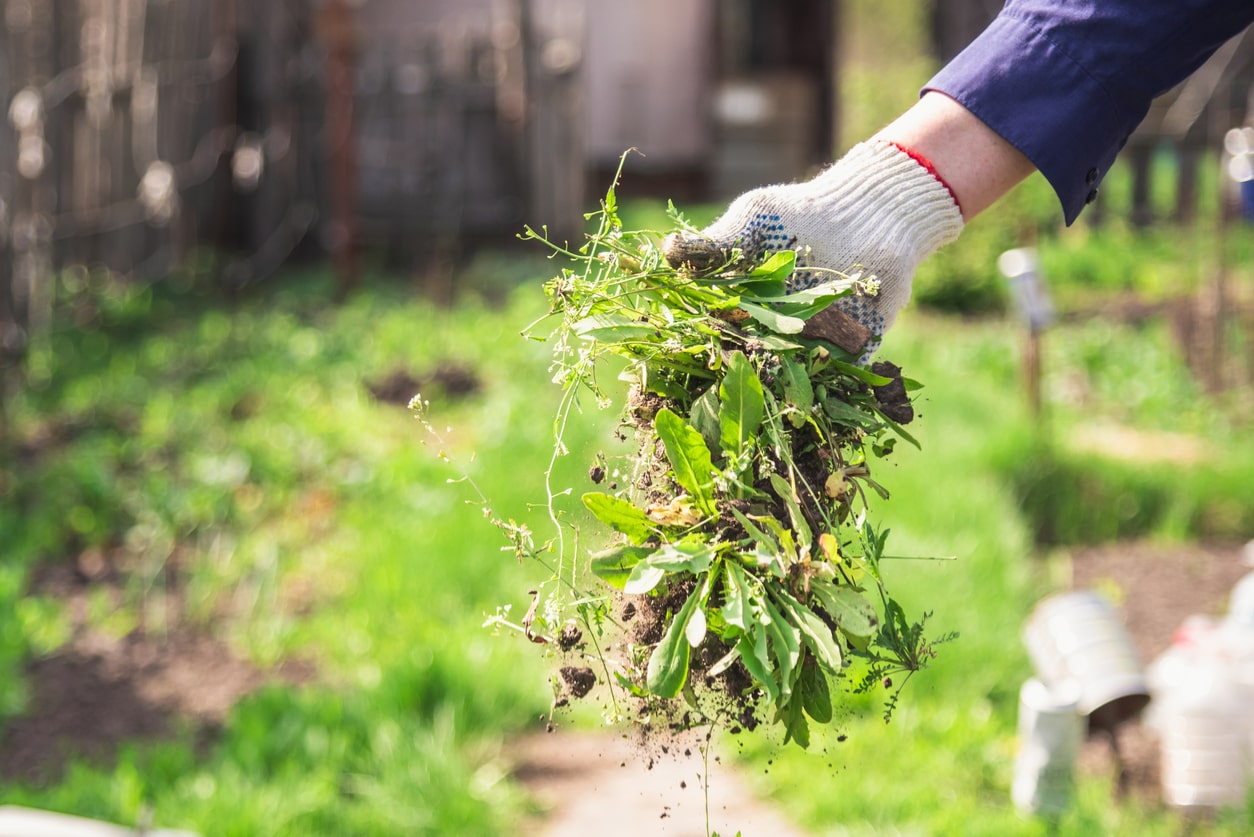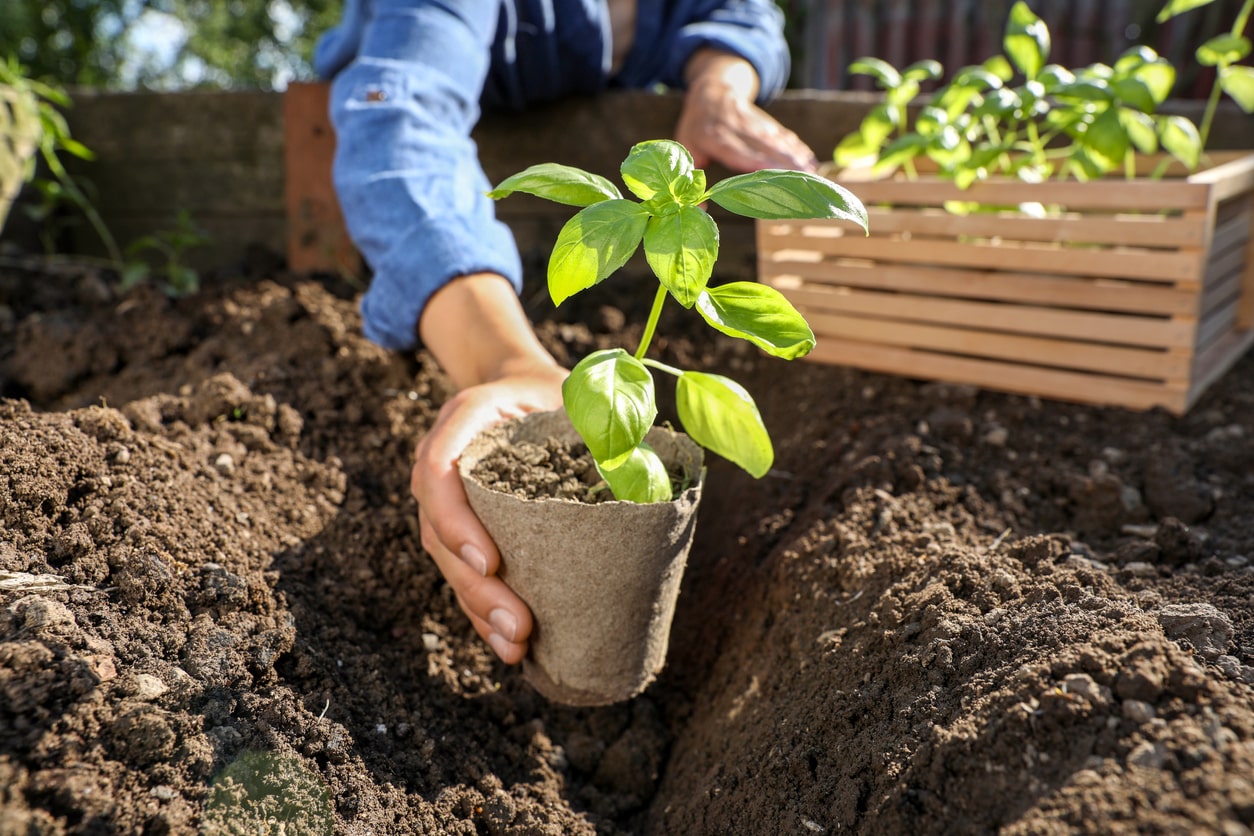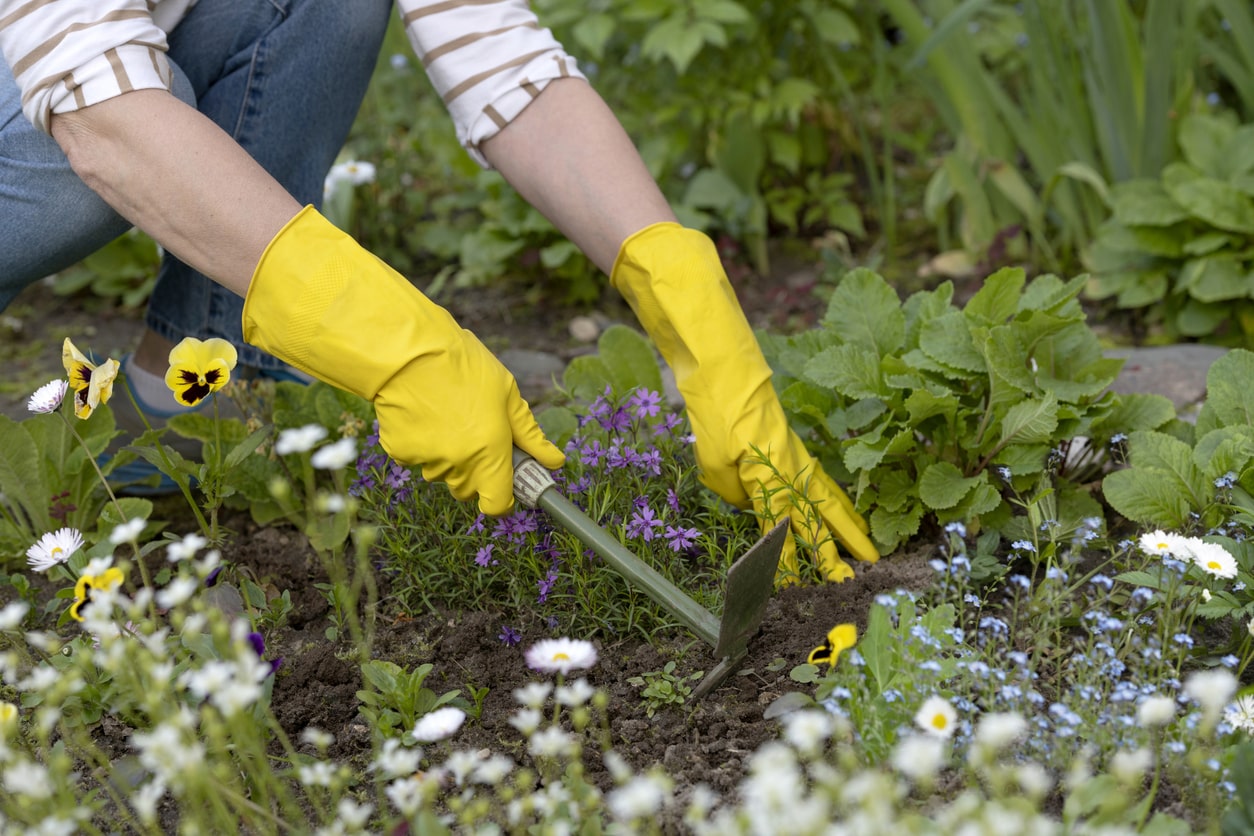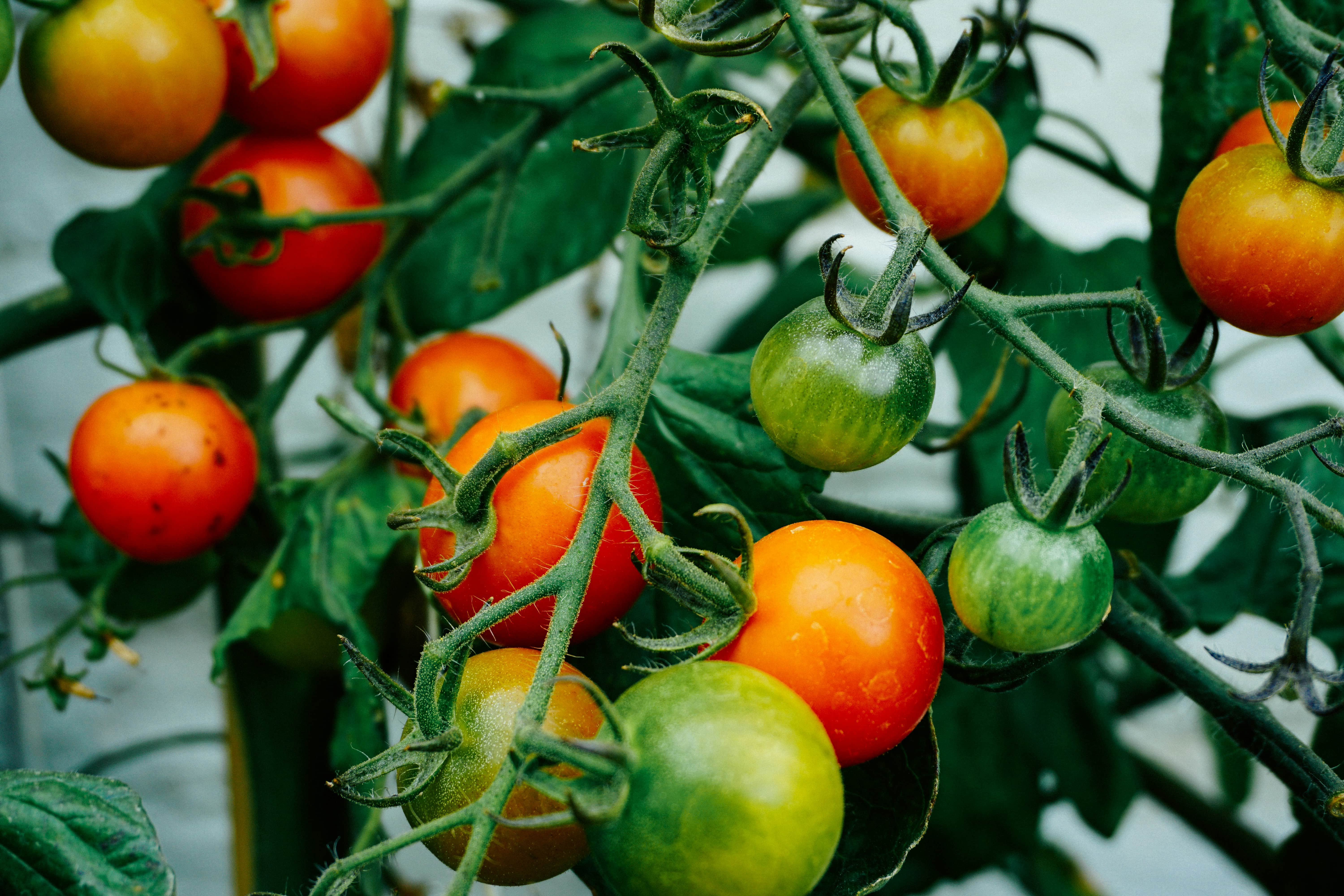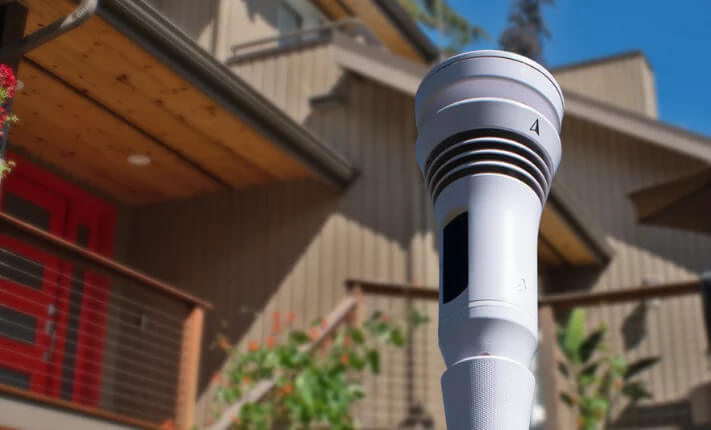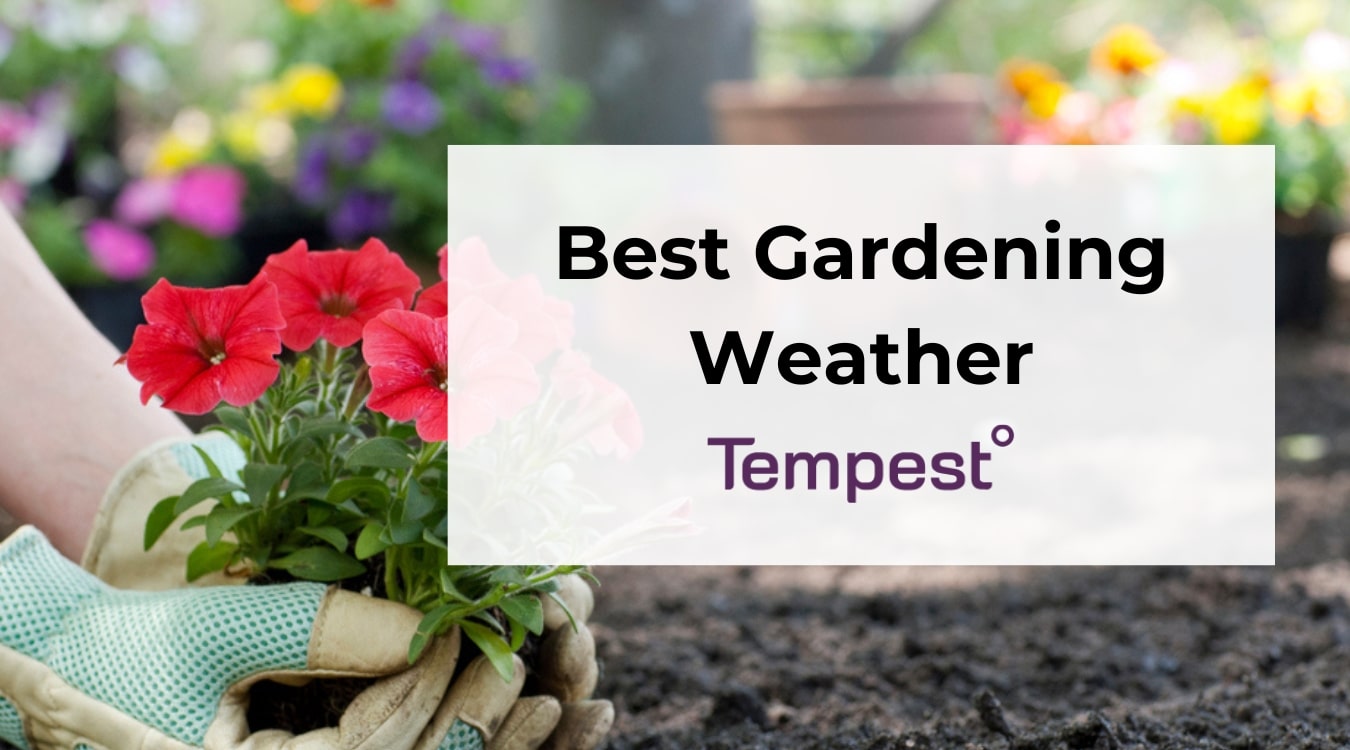
Want a flourishing and bountiful garden? Knowing the best weather for gardening tasks like planting and weeding can make all the difference.
Any avid gardener knows that the success of your flower or vegetable garden can be at the mercy of the weather. However, there are ways to use different weather conditions to your advantage. Below, we’ll discuss the best weather for completing various gardening activities.
The Tempest Weather System provides real-time, accurate weather information on temperature, humidity, and rain levels to plan your gardening activities appropriately.
Plant Seeds Before Rain
Knowing how moist soil should be can help your plants thrive. So, should you plant seeds before rain, or will this make the soil too damp? Many believe the best planting weather is before it rains because it can provide the necessary moisture for germination. However, you’ll want to avoid doing so ahead of heavy rainfall; otherwise the seeds could get washed away.
While this can be tricky to time perfectly, using the right tools and tricks to plan your garden, like a smart home weather system, can provide more accurate weather forecasts and percentage chances of rain so you know precisely when to plant seeds.
Is It Bad To Plant Flowers Before It Rains?
It’s recommended to plant seeds before rain. But does the same apply to planting flowers? Just like with seeds, this can provide flowers with a good source of moisture to help them root. But, if the rainfall is too heavy, it can lead to soil erosion and waterlogging. So, pay attention to the weather forecast to ensure you avoid planting before prolonged rain.
Weed After It Rains
Even though it can be a bit muddy, it’s a good idea to weed after it rains. This way, the soil is softer, making your work easier and helping you pull out the roots more completely.
Keep an eye on weed levels in your garden, and try to get to them as early as possible when they’re still small and easier to remove. Plus, this will prevent them from spreading and competing with the other plants in your garden.
Transplant On Cool, Cloudy Days
If you need to transplant a seedling or plant, plan to do so in cooler weather when it’s cloudy. This can reduce transplant shock and put less stress on plants, helping them adjust to their new environment more easily. It can also prevent them from drying out quickly, as is more likely in sunny, warm weather.
Till During Dry Weather
Wait until the soil is dry to till. After a storm, when the soil is wet, it can clump together on your tools, making the task necessarily difficult. Plus, wet soil compacts more easily, so you may not get the proper aeration you’re looking for. If you want to do some tilling and it’s recently rained, it’s best to give it a few days until the soil is easier to work with.
Planting And Growing Seasons Based On Temperature
Aside from soil moisture and cloud cover, temperature is another important factor influencing gardening seasons. Understanding your local climate patterns – like whether you live in an area with dry heat or humid heat – and the following temperature guidelines can help you plan a successful garden wherever you’re located.
- Early Spring (March-April): Ahead of the last frost when the soil becomes workable, you can plant hardy annual seeds, certain types of herbs like parsley and chives, and cool-season vegetables like turnips, radishes, and potatoes.
- Mid/Late Spring (April-May): Around the last frost of the season, you can plant tender annual seeds, perennials like geraniums and dahlias; and warm-season vegetables like corn, pumpkin, and squash.
- Early Summer (June-July): When the soil temperature rises above 65 degrees Fahrenheit, you can transplant fruit seedlings into the ground and any remaining warm-season vegetables.
- Late Summer/Fall (August-September): Before the first freeze, plant wildflower seeds and cold-hardy perennials for proper germination from cold exposure during the winter.
Measure Local Gardening Weather Accurately With The Tempest Weather System
If you want your garden to thrive as you had envisioned, you’ll need to monitor the weather conditions in your area so you know when to plant seeds, till, weed, and transplant seedlings.
The Tempest Home Weather System is the best garden weather station to use if you want to start a smart garden. The advantages of using smart home technology like this is that you’ll receive precise data on rainfall, the dew point, and temperature for your location right on your phone. This way, you can more accurately time your gardening activities with the weather
Visit the Tempest online shop to find tools that accurately measure temperature, humidity, and rainfall to grow a successful garden.
